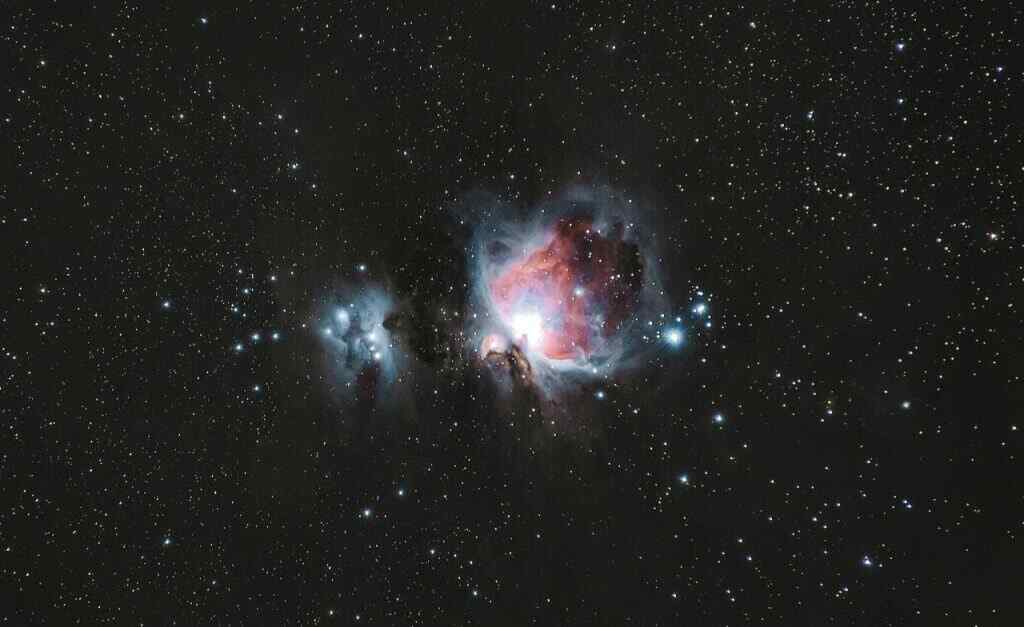The Dynamic Creation and Propulsion of Black Holes: Unveiling a New Process through Supernova Explosions
Introduction
The cosmic tapestry is adorned with celestial wonders, and among them, black holes stand as enigmatic entities that have captivated the scientific community for decades. These gravitational behemoths, possessing an insatiable appetite for matter and energy, are born from the cataclysmic demise of massive stars. In a groundbreaking revelation, scientists have uncovered a previously unknown process by which certain black holes originate and are propelled into the vast cosmic expanse. This discovery sheds light on the intricate interplay between supernova explosions and the subsequent formation of these enigmatic objects.
The Birth of Black Holes: A Journey from Supernovas
Black holes, often likened to cosmic vacuum cleaners, arise from the gravitational collapse of massive stars. As a star reaches the twilight of its existence, it undergoes a spectacular explosion known as a supernova. During this violent event, the star’s core, composed of heavy elements, buckles under its own immense gravity, resulting in a singularity—a point of infinite density and zero volume. This gravitational singularity marks the birth of a black hole, a celestial entity with an inescapable gravitational pull.
Exploring the Variations in Supernova Explosions
The formation of black holes is influenced by several factors, including the mass and density of the progenitor star. Supernova explosions, the cosmic fireworks that herald the birth of black holes, can vary significantly in their intensity, symmetry, and duration, depending on these stellar characteristics. When a parent star is relatively low in mass and highly compact, simulations suggest that the explosion will be symmetrical, resulting in a near-perfect spherical black hole. However, when the progenitor star is considerably massive and less compact, the supernova becomes more asymmetrical, and the explosion tends to be more prolonged.
The Asymmetrical Explosions and Black Hole Propulsion
Asymmetrical supernova explosions, characterized by their uneven distribution of energy and matter, play a pivotal role in the formation and propulsion of black holes. These explosions generate powerful kicks, propelling the newly formed black holes into space at colossal speeds, sometimes reaching up to 1,000 kilometers per second (approximately 2.2 million miles per hour). This phenomenon resembles the recoil experienced when firing a gun, where the object (in this case, the black hole) is sent flying in the opposite direction.
Simulating the Cosmic Drama: Unveiling the Hidden Dynamics
To unravel the intricate details of supernova explosions and the subsequent formation and propulsion of black holes, scientists employed sophisticated computer simulations. These simulations involved tens of millions of zones, each containing crucial information about wind speed, temperature, barometric pressure, and other environmental parameters. The researchers conducted 20, 3-D simulations, creating the largest and most comprehensive dataset of long-term core-collapse simulations to date. This computational approach allowed them to observe the evolution of black holes in unprecedented detail, shedding light on the mechanisms driving their formation and propulsion.
Implications for Astrophysical Research: Connecting Theory to Observations
The findings of this study have far-reaching implications for astrophysical research. By understanding the formation and dynamics of black holes, scientists can gain insights into the evolution of galaxies and the universe as a whole. Furthermore, this research provides a framework for connecting theoretical models with observational data, allowing astronomers to trace the history and behavior of black holes across cosmic time.
The Unlikely Encounter: Black Holes and Our Solar System
While the discovery of these rapidly moving black holes may raise concerns about potential collisions with our solar system, such an event is exceedingly improbable. The vastness of space and the immense distances between celestial objects make it astronomically unlikely that a black hole would venture into our cosmic neighborhood. The likelihood of such an encounter is comparable to winning the lottery, offering reassurance that our planet and solar system remain safe from any imminent black hole intrusions.
Conclusion: Expanding the Frontiers of Knowledge
The study of black holes and their formation through supernova explosions continues to captivate the scientific community. The recent discovery of a new process for black hole creation and propulsion expands our understanding of these enigmatic objects and their role in the cosmic tapestry. As scientists delve deeper into the mysteries of the universe, such groundbreaking research paves the way for unraveling the secrets that lie hidden within the vast expanse of space.
